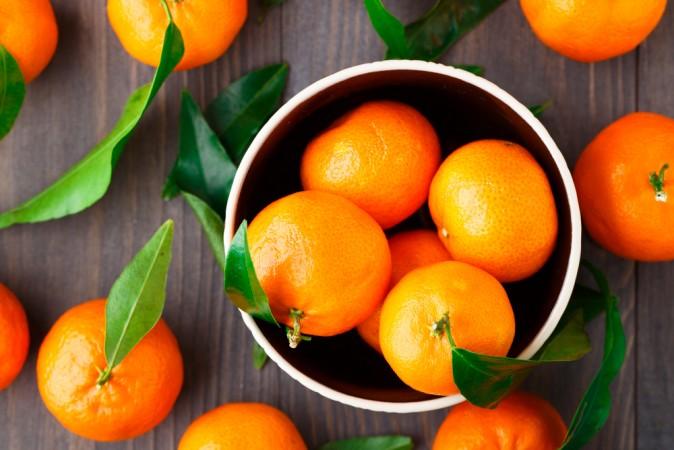Glaucoma leads to incurable blindness. There are no early warning signs. Half of people with the disease don’t even know they have it. Changing your diet can cut your risk.
Glaucoma is the second leading cause of blindness in the world after cataracts. It’s a neurological disorder that leads to deterioration of the optic nerve which connects your eyes to your brain. Eventually it leads to irreversible blindness.
It’s estimated that 60 million people in the world and three million in the U.S. have glaucoma. But only half of those with the condition know they have it. The cause is not known and there are no early warning signs or symptoms.
High risk groups include people over 60, those with a family history, diabetics, and people who are severely nearsighted. Having light colored eyes is another risk factor. Blue or gray eyes are more likely to suffer damage compared to green or hazel. The least risky eye color is brown.




